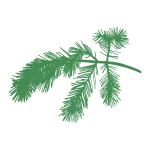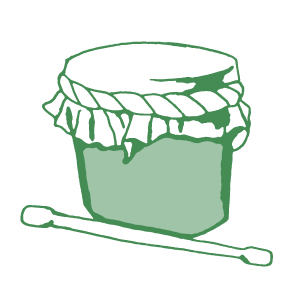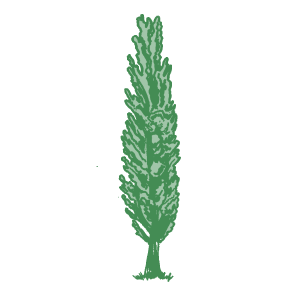Pre-contact History Overview

Typically, for decades, the Canadian history shared and taught began with colonization — with explorers and adventurers discovering a vast land that was sparsely populated by savages. Thankfully, that narrative is beginning to change. What can be said though with certainty about what life was like on Turtle Island before colonization?
Two theories speculate about how the Americas became populated, the Siberian land bridge theory, and the more recent theory that Polynesians traveled by boat to the West Coast. However, as we know from the Creation Story, Indigenous people on Turtle Island speak of themselves as being here since time immemorial.
Given the vastness and climate diversity of the land now known as Canada, it is important to consider how the way of life would have differed for people living in different regions of this land. One of the things that would have been common though is a connection to water not just for survival, but as a significant cultural signifier. Whether the oceans of the North, West, and East Coasts, or the rivers and lakes that drew communities of people to them, we see the traditions and ways of life of the many nations across Turtle Island influenced by the water features near them.

While there is much evidence that the people Indigenous to Turtle Island pre-contact lived in small groups that relied on hunting and fishing, there is also evidence of communities that had developed agricultural practices that supported large populations. This meant the development of a variety of tools for various purposes including the creative, ceremonial, and communication practices of wood and rock carving.
While Columbus and 1492 get all the attention, there is evidence of contact with the Norse on the northeast coast of Turtle Island as early as ACE 1000. There is also evidence of considerable movement by nations from the north and south and east and west, as artifacts are found in different regions than from where they originate.
A lot of what is known about the way of life on Turtle Island pre-contact comes from the archeological evidence, but also from the journals and reports of the early colonists. We know that plants were being used for medicinal purposes, maple sugaring was common, and corn, beans, squash, rice, and other vegetables were being harvested.

One of the stereotypes that often gets perpetuated about the First Peoples of the land is the types of shelters or homes they built. Along with the land determining the foods that were eaten, so too did the land determine what shelter ensured survival. If larger communities were established with adequate resources nearby to sustain large numbers of people, then entire villages were created, which included longhouses and lodges, depending on the nation and physical location. If small groups were on the move as hunter-gatherers, then tipis or wigwams were constructed. Tipis were made of animal hide or birchbark. Wigwams were made of saplings, typically from the poplar tree, sinew, and soil. In wigwams, birchbark was used as the outer layer as protection from the elements. Balsam fir or cedar boughs were used as flooring in these dwellings. In the far north, yes, igloos were used, but not year-long. During the warmer weather in the north, tents were fashioned out of hides.
Pan-Indigenizing, making overarching statements that apply to all Indigenous people, is problematic. This is especially the case when it comes to governance and leadership. From the stories and traditions that have been passed down, some communities were hierarchical, either with patriarchal or matriarchal leadership, while others relied solely on the circle governance model of all voices being heard in decision-making. It is also known that Two-Spirit people were highly revered and looked to for guidance as they hold the gifts of both genders and can see things from more than one gender viewpoint.
One final element of life to mention here is that of cooperation and sharing. Many alliances, confederacies, and treaties between nations were held long before colonization. These were always undertaken in the spirit of cooperation, the sharing of resources, trade, and peace.
For a detailed look at what is known about the way of life pre-contact, see:

